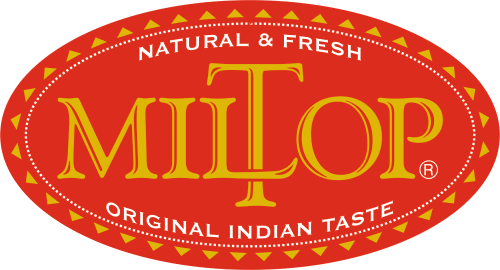Description
Pistachio is the fruit of Pistacchio vera tree. It is a yellow-green coloured nut found inside a hard, naturally beiged colored shell. The shells of some pistachios are colored red (with vegetable dye), while others have been blanched until white. Pistachios aren’t actually nuts. Pistachio ‘nuts’ are actually seeds of red or yellow plum-like fruits whose flesh is removed during processing. However, everyone calls them a nut because they look like ‘nuts’ and belong to the cashew family
The pistachio has pinnate leaves and bears stone fruit 1 – 2 cm in size, whose light brown shell opens when ripe. The kernels have a brown seed coat. The seed coat contains antioxidants which protect the oil-rich seed from atmospheric oxygen so preventing it from becoming rancid (oxidative rancidity). After removal of the brown seed coat, the brilliant green color of the kernels is a sign of freshly harvested nuts. Oil content: 45 – 54%
Acceptable pistachio nuts must be of sound average quality, dry, predominantly greenish (old nuts are often of a yellowish color), contain no dust or foreign admixtures and have their characteristic odor and flavor. 95 – 98% of nuts in their shell must be open.
Pistachios are rich in phytosterols that lower blood cholesterol levels and also have the potential to prevent cancer. They are also rich in dietary fibre: in fact, an ounce of nuts contains more fibre than half a cup of spinach. Like most other nuts, pistachios can also cut heart disease risk. The high monounsaturated fat content may actually lower cholesterol levels in the blood. Pistachios also contain antioxidants in the form of phytochemicals. These plant nutrients have been associated with a decreased risk for developing chronic diseases, like cancer. Let these nuts form part of a healthy, balanced diet.
The creamy coloured poppy seeds are more common in India, where they are ground and used as a thickening agent in curries and sauces. They are also used in some Indian bread. The dark seeds are also popular as a crunchy topping for western breads and biscuits, savory and sweet. The dark seeds are used extensively as a filling or baking ingredient in German and Eastern European breads, cakes, biscuits and pastries. Delicious pastries and a yeasted poppy seed roll are typical celebration treats baked for Christmas and other festive occasions. They are also sprinkled generously over cooked noodles, or sweetened with honey and made into a dessert dip or sauce. Dry fried seeds are an interesting addition to salads dressings, for example in potato, tomato, egg or pasta salads or coleslaw. Both white and black seeds can be sprouted to add to salads, sandwiches and in mixed vegetable dishes.
Kernels are used as a seasoning (for meat and sausage products) or as a flavoring in chocolate confectionery, bakery products and ice cream. Pistachio nuts are sold roasted and salted in their shells for consumption as a snack food and are also used as a raw material for pistachio nut oil. These nuts also have a relatively low calorie value when compared to other nuts and are cholesterol free, high in fibre and low in saturated fat. These nuts are also a very good source of protein. It is used by sprinkling on yoghurt, hot or cold cereal, or in cream cheese spreads for sandwiches and crackers and added as chopped pistachios to bread, pancake, waffle or muffin recipe or snack on them between meals.


